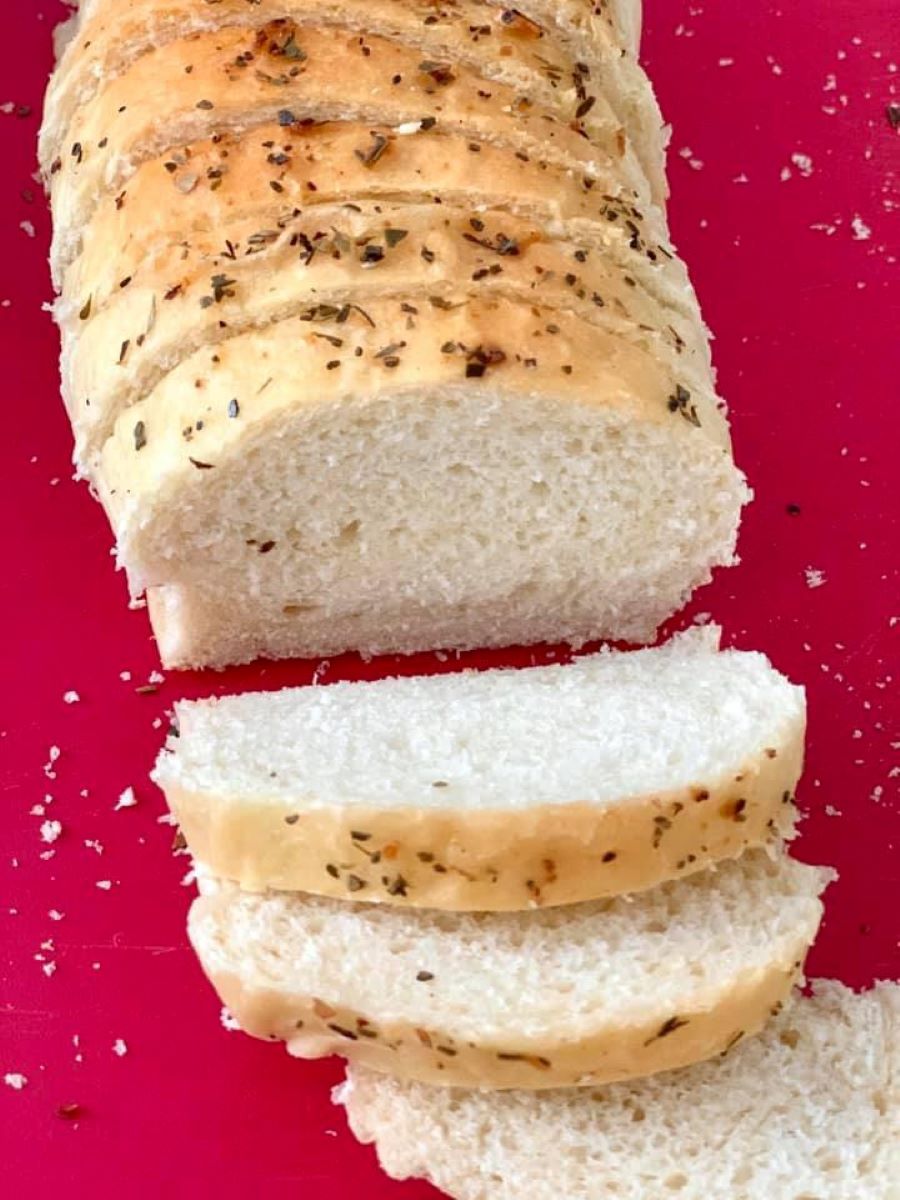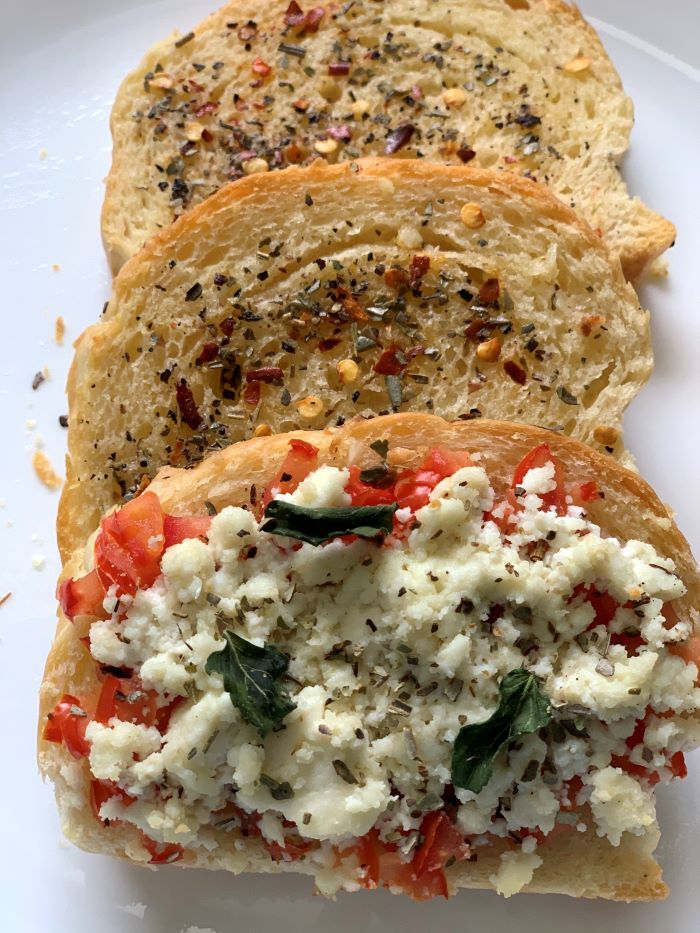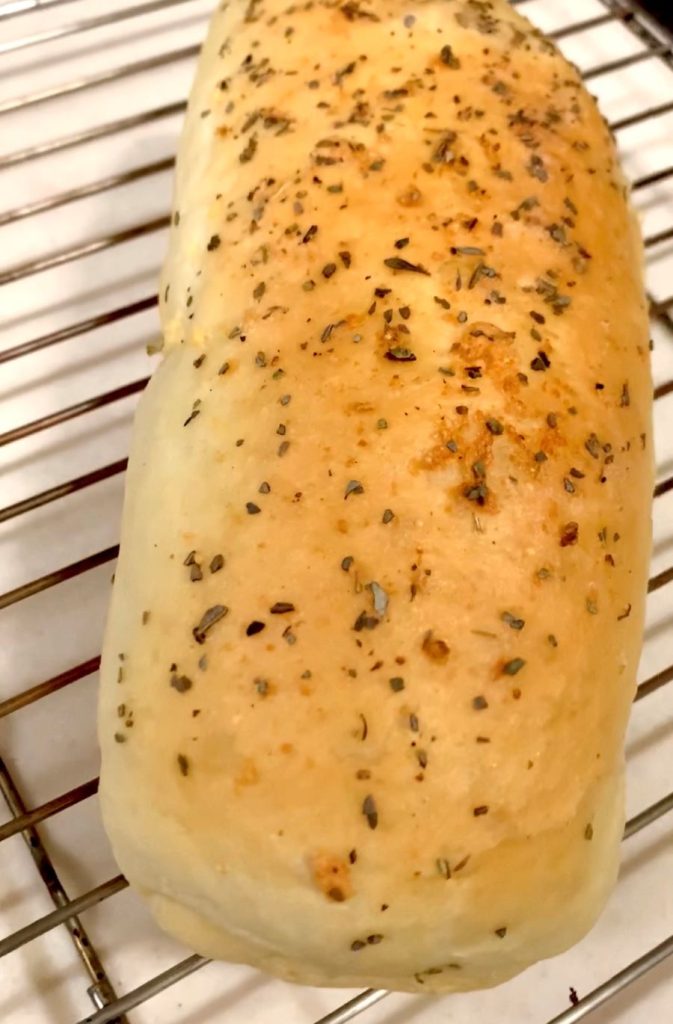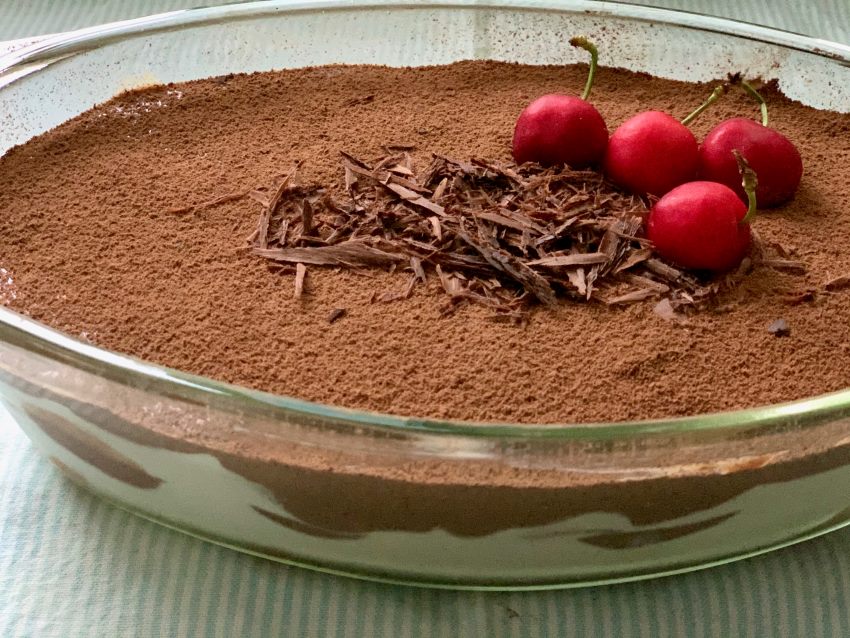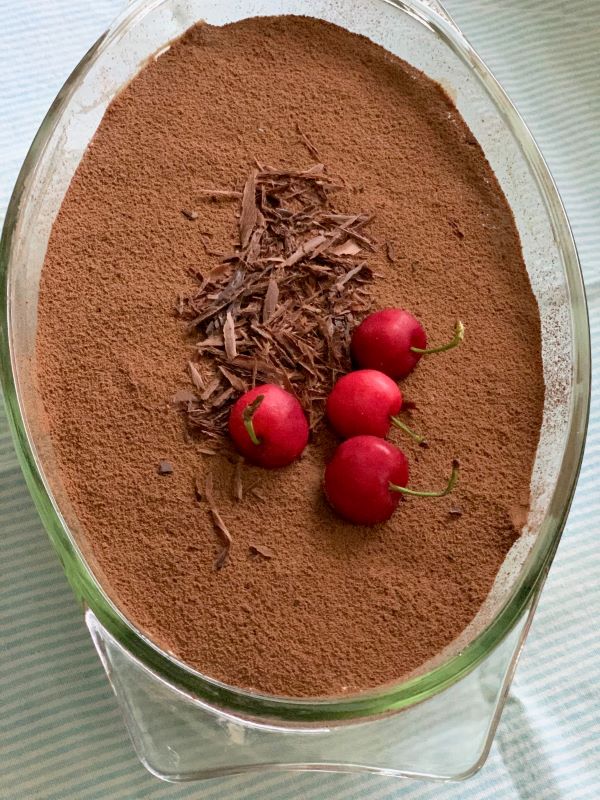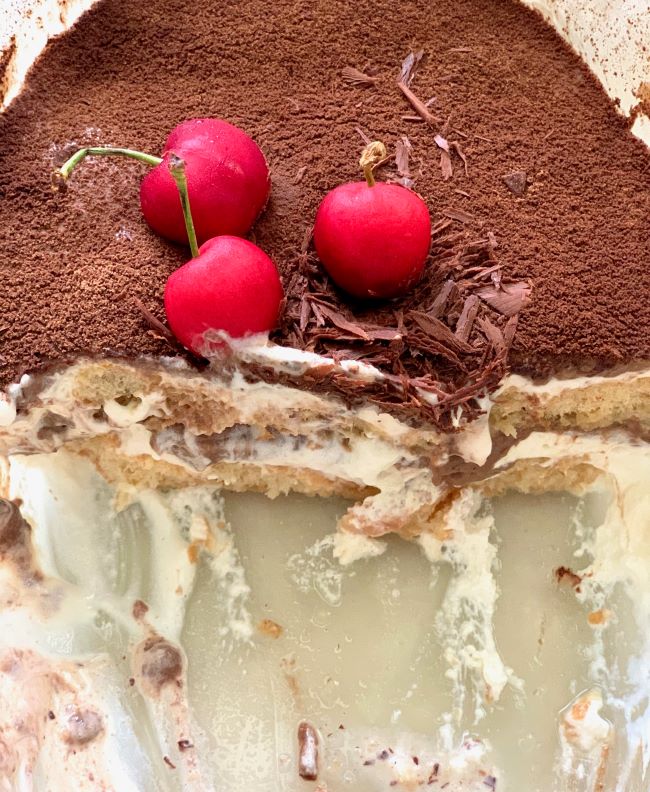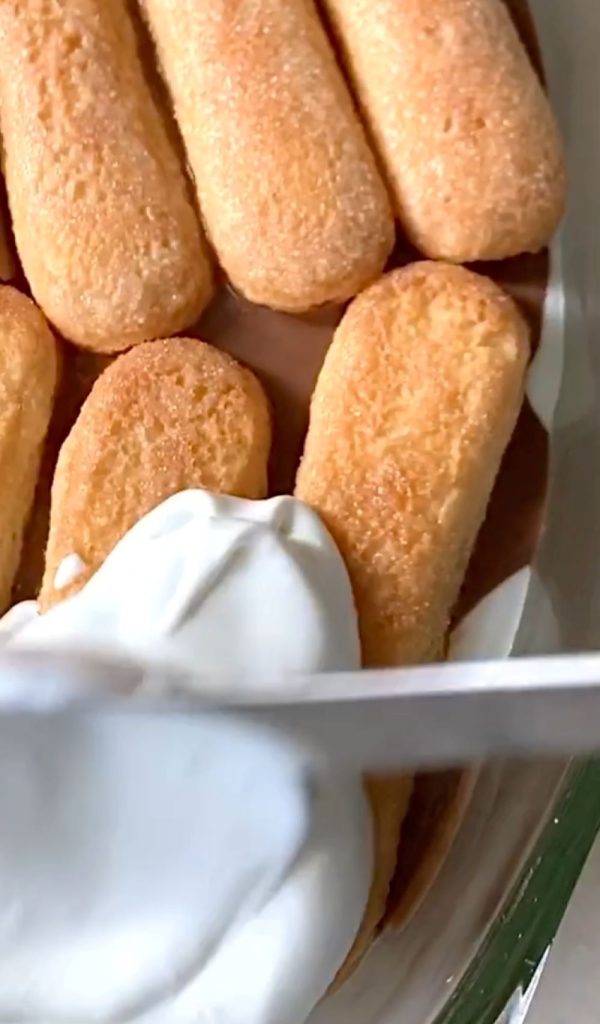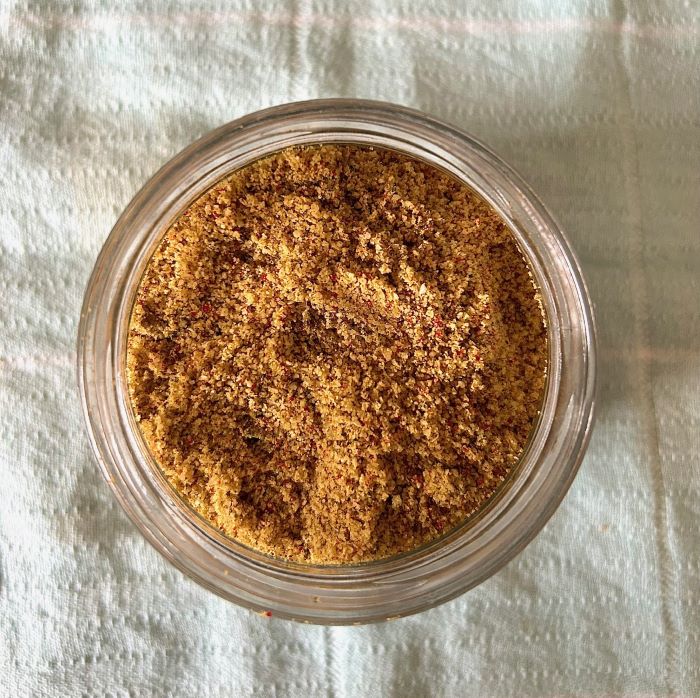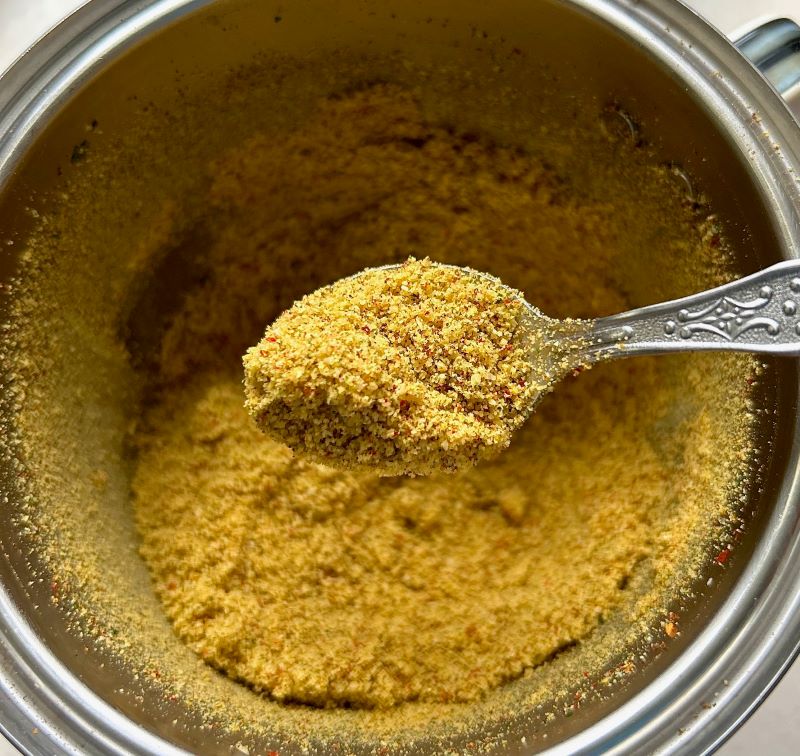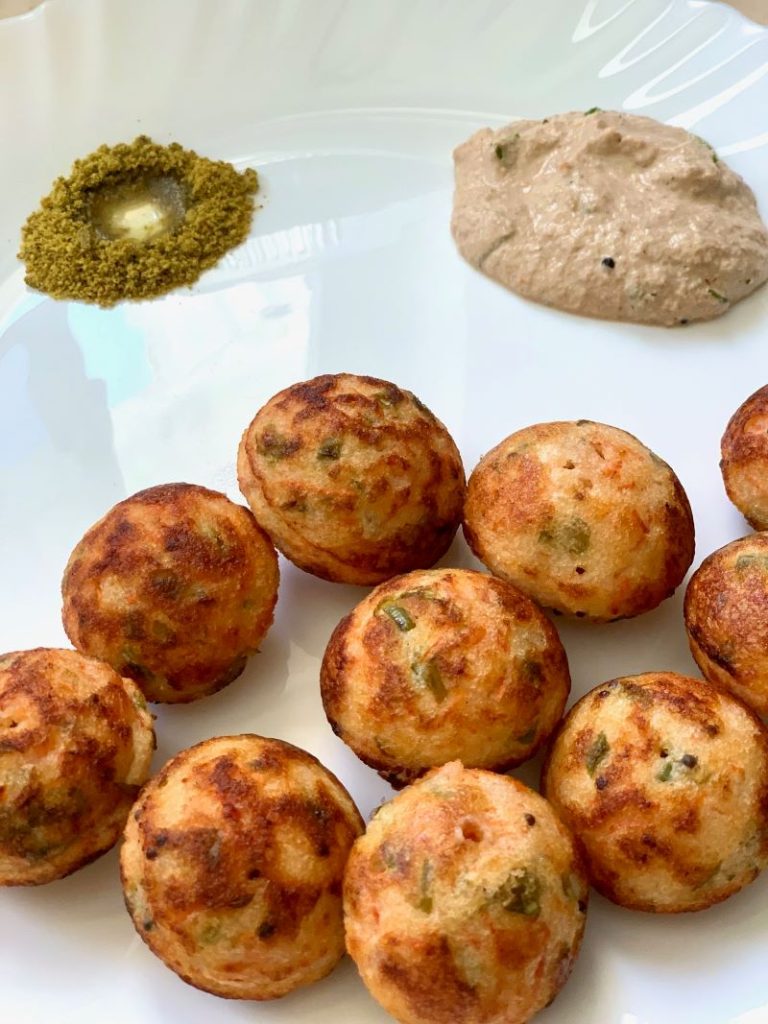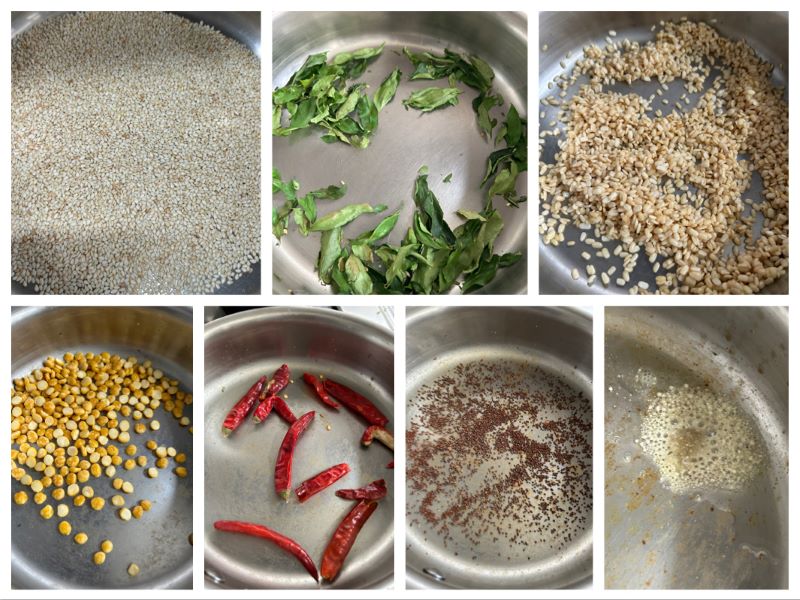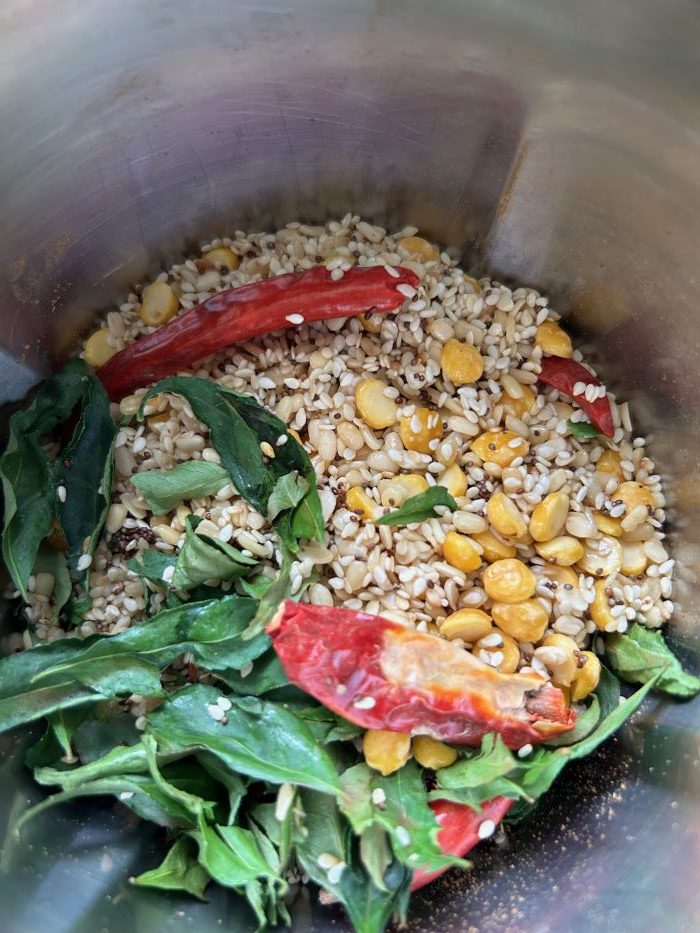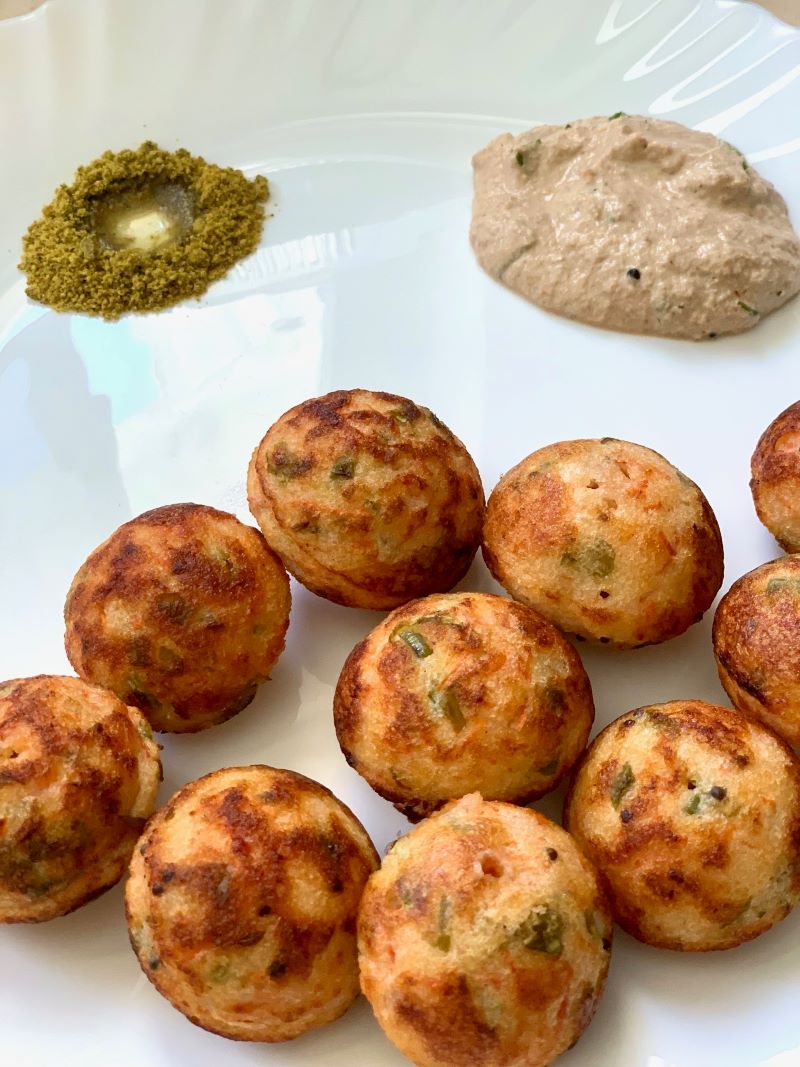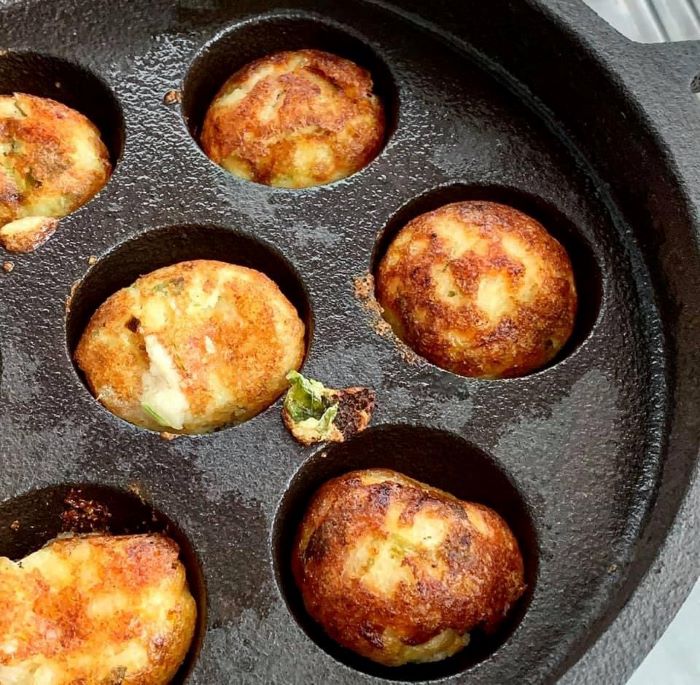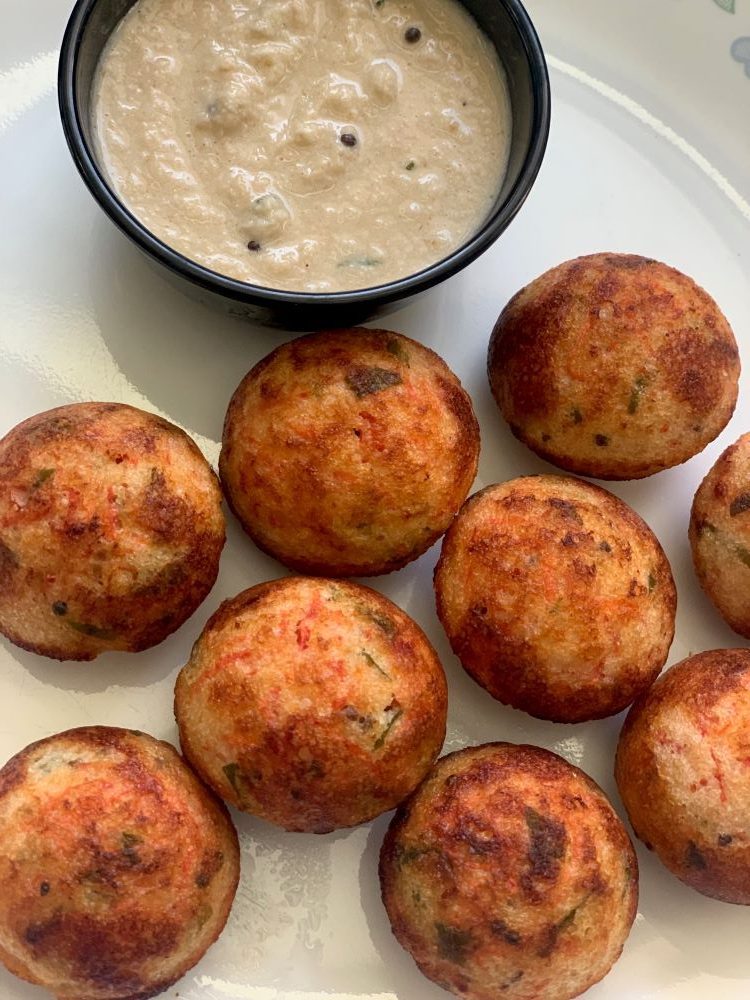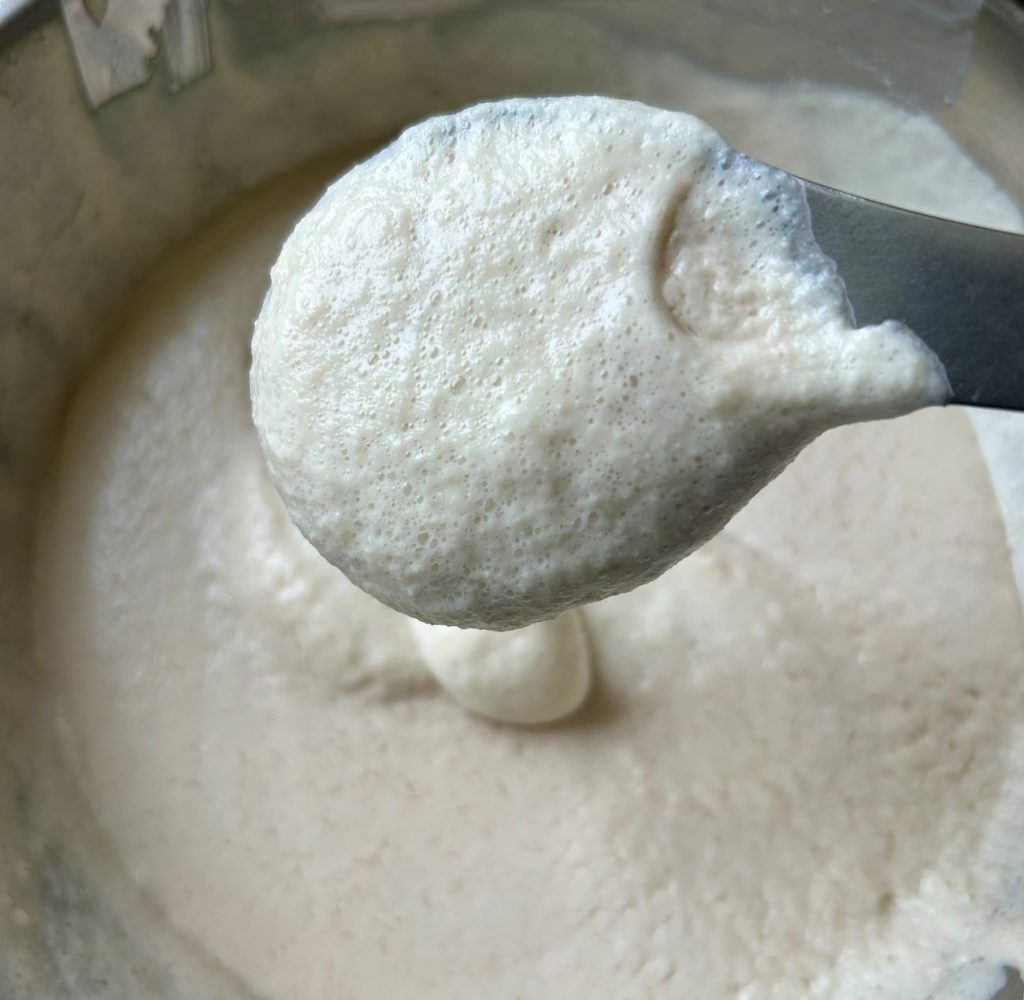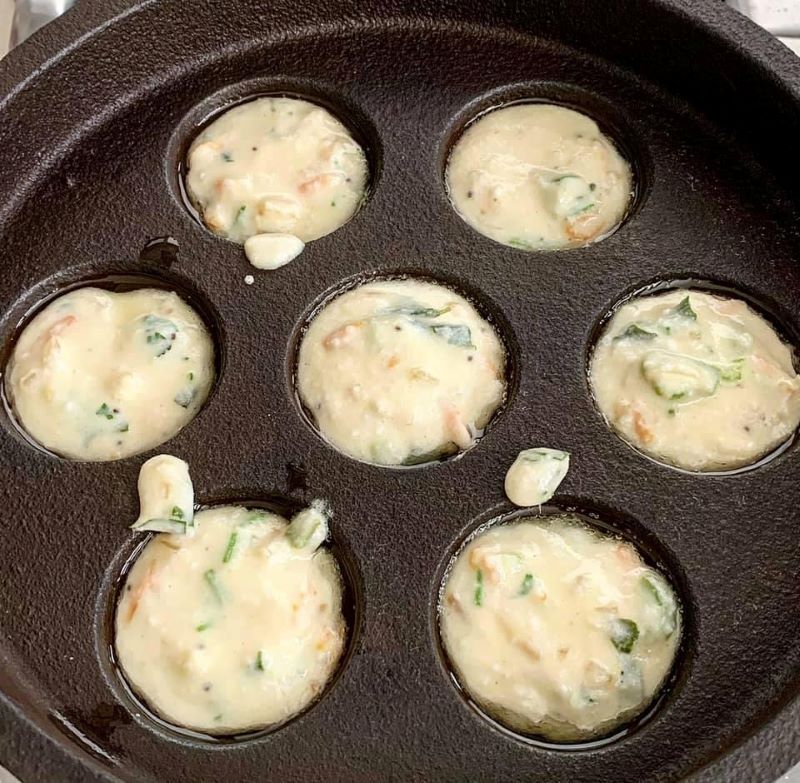
Embarking on your culinary journey, especially with Indian cuisine, can be both exciting and daunting. Indian cooking is known for its rich flavors, diverse ingredients, and intricate techniques. If you’re a beginner looking to dive into this world, finding the right resources is crucial. Here’s a quick guide to the top 10 YouTube channels that will help you master Indian cooking, even if you’re starting from scratch.
1. Your Food Lab
- Host: Sanjyot Keer
- Why It’s Great: “Your Food Lab” offers a fantastic mix of traditional and contemporary recipes. Sanjyot’s clear instructions, exact measurements, and focus on technique make it easier for beginners to follow along and achieve great results.
- Link: Your Food Lab
2. Vahchef – VahRehVah
- Host: Sanjay Thumma
- Why It’s Great: Vahchef is one of the pioneers in Indian cooking on YouTube. His early videos are especially useful for beginners, with a fun presentation and thorough explanations of each step.
- Link: Vahchef – VahRehVah
3. Cooking Shooking
- Host: Yaman Agarwal
- Why It’s Great: Yaman’s channel covers a wide range of recipes, from simple snacks to elaborate meals. His straightforward instructions and practical tips make it an excellent resource for novice cooks.
- Link: Cooking Shooking
4. Bharatz Kitchen
- Host: Bharat
- Why It’s Great: Bharat’s approachable style and emphasis on home cooking make this channel ideal for beginners. His recipes often use easily available ingredients and focus on everyday meals.
- Link: Bharatz Kitchen
5. Ranveer Brar
- Host: Chef Ranveer Brar
- Why It’s Great: Chef Ranveer combines storytelling with cooking, making his videos both informative and entertaining. While some dishes may be advanced, he often includes tips for beginners.
- Link: Ranveer Brar
6. Nisha Madhulika
- Host: Nisha Madhulika
- Why It’s Great: Focused on vegetarian recipes, Nisha’s channel is a treasure trove for those looking to explore Indian cuisine. Her calm demeanor and clear instructions are perfect for new cooks.
- Link: Nisha Madhulika
7. Bong Eats
- Why It’s Great: Specializing in Bengali cuisine, Bong Eats offers detailed explanations and a focus on authenticity. The videos are designed for both novice and experienced cooks, making complex dishes accessible.
- Link: Bong Eats
And yes, do not forget to expore exciting recipes like Healthy Non-Fried Gulgule Recipe For Kid’s Lunch Box or Protein Rich Cherry Pancakes Recipe in our own Recipes section, here.
Tips for Beginner Cooks
- Start Simple: Begin with recipes that require minimal ingredients and steps to build your confidence.
- Master Basic Techniques: Focus on learning basic cooking techniques like chopping, sautéing, and boiling.
- Follow Along: Watch the entire video once before starting to cook to get an overview of the process.
- Be Patient: Cooking is a skill that improves with practice. Don’t be discouraged by initial failures.
- Experiment: Once you’re comfortable, start experimenting with flavors and ingredients to make the recipes your own.
Conclusion
Learning to cook Indian cuisine can be a rewarding experience that opens up a world of flavors and techniques. These YouTube channels provide a wealth of knowledge and guidance to help you become a confident cook. So, pick a recipe, gather your ingredients, and start your culinary adventure!
Do let us know your thoughts if you are already familiar with some channel or you end up trying any from the above.
Happy cooking! 🍛

